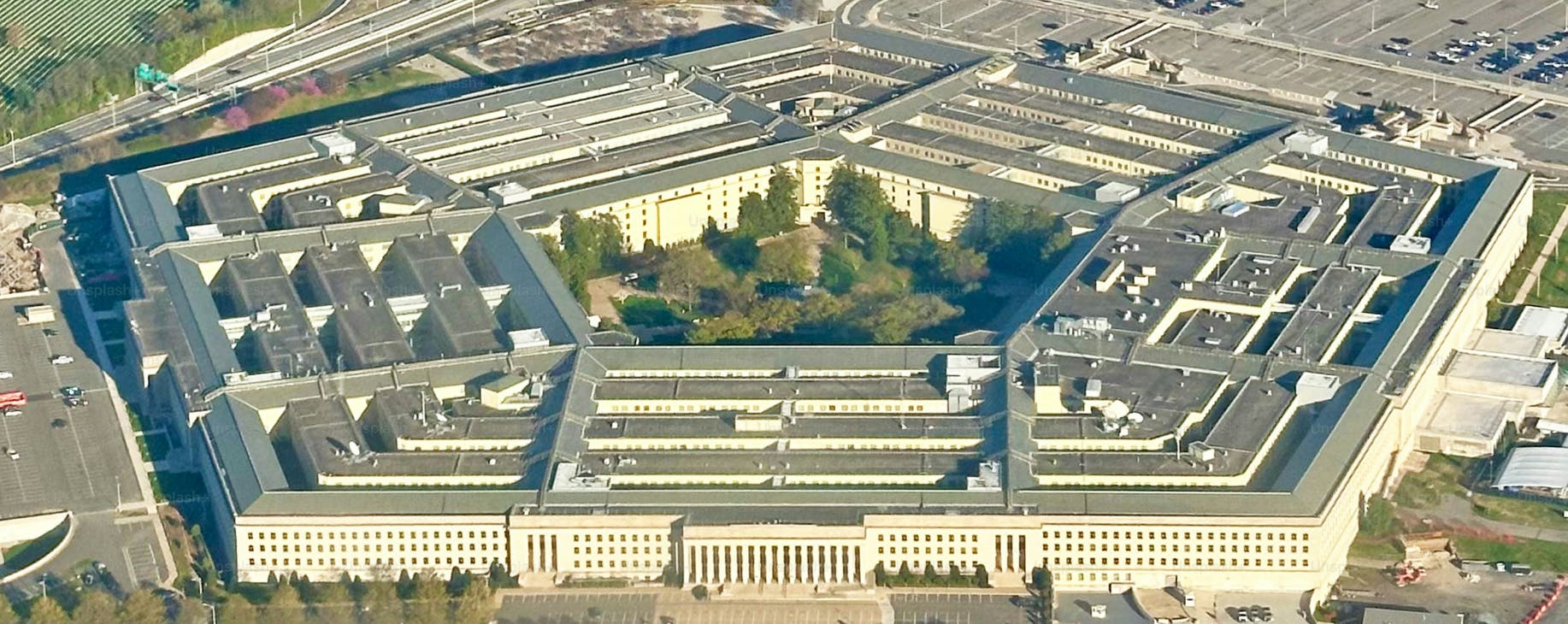
The Importance of Automation in Scaling CMMC 2.0 Compliance Across the DIB
As CMMC 2.0 compliance becomes a hard requirement for doing business with the Department of Defense, the Defense Industrial Base (DIB) faces a daunting challenge: how to roll out a complex and high-stakes cybersecurity framework across thousands of companies, many of which are small businesses with limited resources.
For many, the path to certification will be time-consuming and resource-intensive. It requires understanding new and evolving requirements, implementing dozens of technical and operational security controls, compiling extensive documentation, and either working with a Certified Third-Party Assessment Organization (C3PAO) or completing a rigorous self-assessment.
Adding to the challenge is the looming assessment bottleneck. As more companies seek certification, C3PAOs must ramp up to meet the demand and delays are likely. The DIB needs a way to move fast without compromising the quality or integrity of the compliance process.
This is where automation can play a transformative role. By streamlining control implementation, continuously validating performance, and simplifying evidence collection, modern compliance tools help organizations tackle many of the most pressing CMMC challenges. And as compliance shifts from a one-time milestone to an ongoing responsibility, these solutions will be instrumental in both achieving and maintaining certification.
Why automation is critical for scaling CMMC 2.0 compliance
CMMC 2.0 introduces a structured, three-tiered model that closely aligns with existing federal standards like NIST SP 800-171. Level 2, in particular, mandates third-party assessments for organizations handling critical CUI or SPD, while Level 3 is even more stringent and involves government-led DIBCAC assessments.
Without automation, organizations are left managing a mountain of documentation, evidence collection, control monitoring, and remediation tasks manually. This approach quickly becomes unsustainable as the number of contracts, systems, and vendors grows. Automation reduces complexity by mapping CMMC requirements to existing policies, procedures, and technical controls, which helps eliminate duplicate effort.
It also enables continuous compliance. Rather than scrambling to prepare for periodic audits, organizations can continuously monitor their infrastructure and flag risks or control failures in real time. This real-time visibility ensures a more proactive security posture and allows issues to be addressed before they become audit blockers.
Assessments themselves are accelerated with automation. Evidence can be collected, mapped to requirements, and validated quickly, giving C3PAOs what they need to review and verify compliance in less time and with greater confidence. Automating these processes also helps minimize human error by reducing the chances of missing key requirements or submitting inconsistent documentation.
Supporting the DoD's push for greater efficiency and stringency
Automation doesn't just help contractors. It directly supports the broader goals of the Department of Defense, which is under pressure to strengthen cybersecurity across the supply chain, enforce compliance more efficiently, and cut costs across the board. Automation plays a key role in meeting all of these priorities.
Automated systems improve data integrity by maintaining a clear, auditable trail of evidence and control activity. This level of transparency gives the DoD more confidence in the compliance status of its contractors. It also helps scale the compliance ecosystem faster. With thousands of contractors needing certification, automation helps both organizations and assessors move through the process more quickly, without compromising rigor.
Perhaps most importantly, automation supports the federal government's shift toward continuous monitoring and ongoing assurance while decreasing costs and inefficiency. Programs like FedRAMP 20x and other emerging DoD initiatives signal a broader move away from point-in-time audits. Automation makes it possible to keep up with these new models by providing real-time reporting, tracking compliance posture, and identifying risk as it arises, while leveraging available technology to make our government’s people and processes more efficient and streamlined.
Federal compliance is moving toward continuous monitoring
CMMC 2.0 is part of a larger shift happening across federal cybersecurity programs. Initiatives like FedRAMP 20x reflect a growing move away from static, point-in-time audits and toward models that emphasize real-time risk visibility and continuous assurance.
Automation plays a critical role in this shift. By continuously tracking control performance, automating evidence collection, and flagging risks as they emerge, organizations can maintain a constant state of readiness. This not only satisfies evolving compliance expectations but also strengthens security posture against real-world threats that don't wait for annual assessments.
Automation doesn’t just streamline compliance; it's becoming the foundation for demonstrating cybersecurity maturity in an increasingly dynamic threat landscape.
Enabling a transition from reactive to proactive compliance
CMMC 2.0 certification is not a one-time event. Maintaining compliance requires sustained effort, especially for organizations working with sensitive DoD information, and automation enables companies to build sustainable, scalable security and compliance programs.
Organizations that leverage automation can detect and respond to risks faster, ensuring timely remediation before compliance gaps grow. Recurring evidence collection is simplified, reducing the burden on internal teams and improving the accuracy of audit readiness. Companies can approach assessments with confidence, knowing their control performance is continuously validated.
Automation also allows organizations to scale their compliance efforts. Whether supporting more contracts, expanding their compliance scope, or working toward higher maturity levels, companies can grow without proportionally increasing overhead.
By embedding automation into their compliance operations, contractors position themselves to not only meet CMMC 2.0 requirements but also strengthen their overall security posture for the long term.
Building an agile, scalable compliance program
As frameworks like CMMC 2.0 continue to evolve, agility will become just as important as thoroughness. Annual updates or the eventual update to CMMC 3.0, evolving threat intelligence, and shifting federal priorities will require contractors to adapt faster than ever before.
Organizations that invest in automation now are laying the groundwork for scalable, future-proof compliance operations. Instead of scrambling to meet new requirements or assessment cycles, automated systems enable security and compliance teams to adjust quickly, maintain control assurance, and preserve momentum even as standards evolve.
In this new era, automation isn't just about saving time. It's about sustaining trust, speed, and resilience across every layer of the Defense Industrial Base.
Embracing automation strengthens the DIB
The DIB is a critical national asset, and its security depends on the collective cybersecurity maturity of thousands of companies — many of them small businesses without dedicated compliance teams or deep technical resources. Making CMMC 2.0 a reality across this diverse ecosystem will require smart, scalable solutions that make compliance accessible and sustainable over time.
Modern automation tools reduce the burden of compliance, eliminate inefficiencies, and help organizations move from reactive audits to proactive, continuous assurance. They empower teams to implement controls faster, respond to risk in real time, and maintain readiness even as compliance requirements evolve.
Organizations that embrace automation are ultimately investing in more secure operations, improving their ability to adapt and strengthening the cyber resilience of the entire supply chain. In doing so, they set themselves up for long-term success in an increasingly security-conscious federal landscape.


